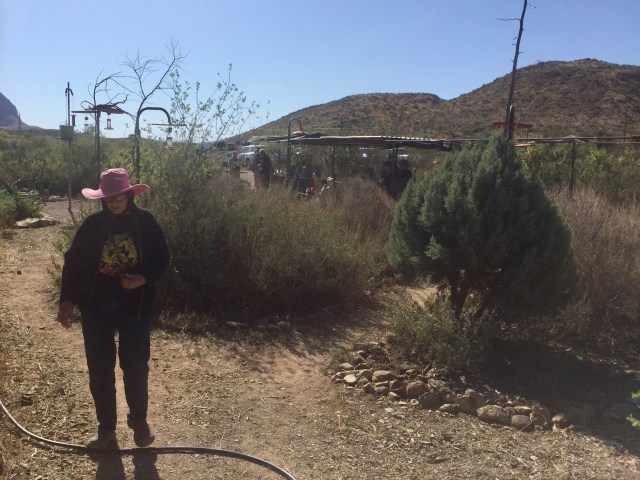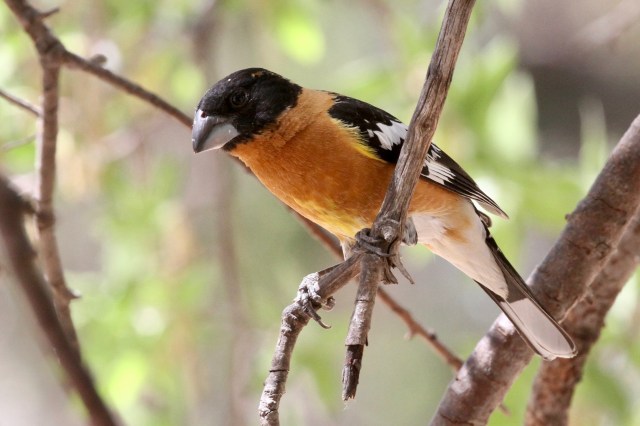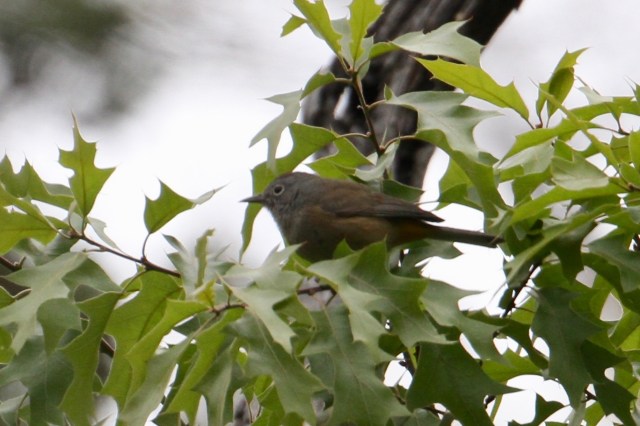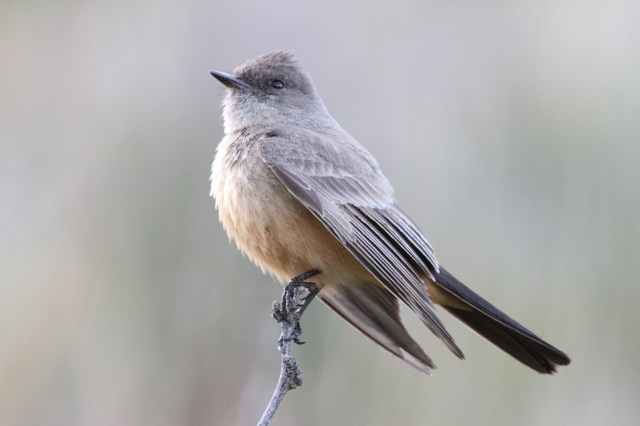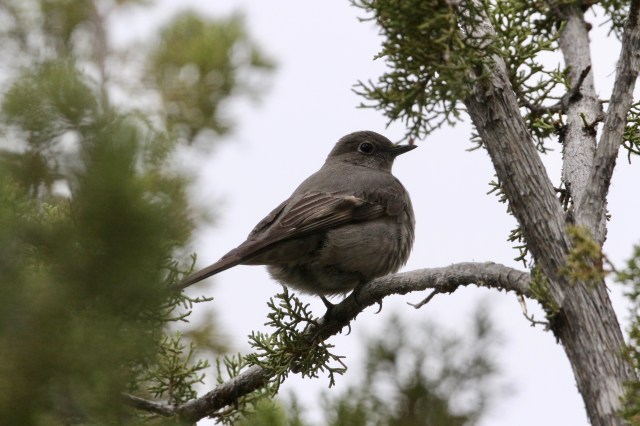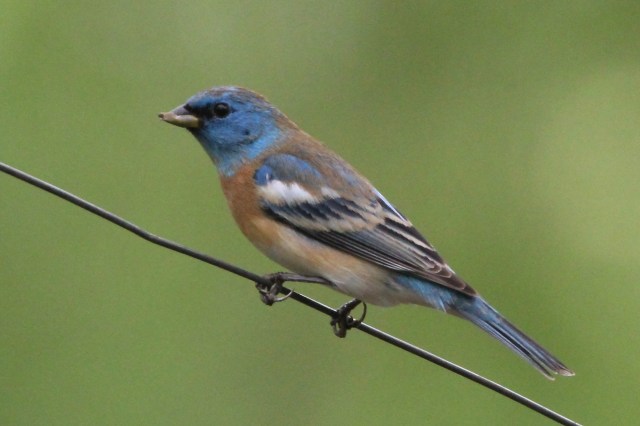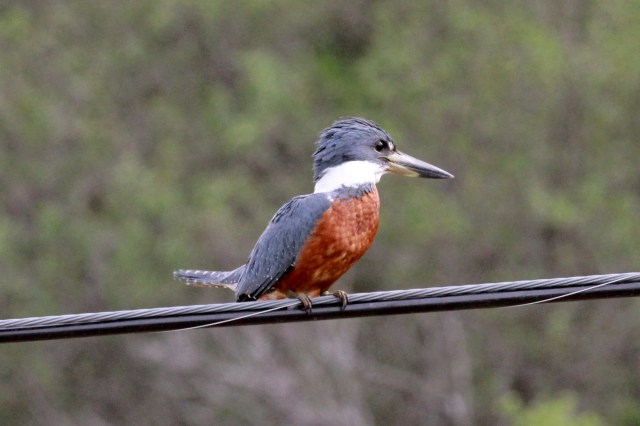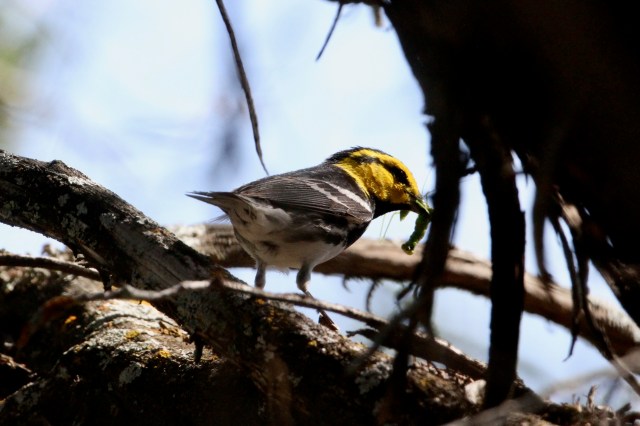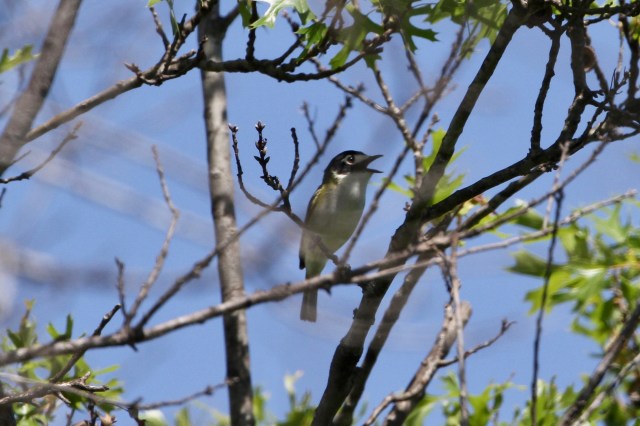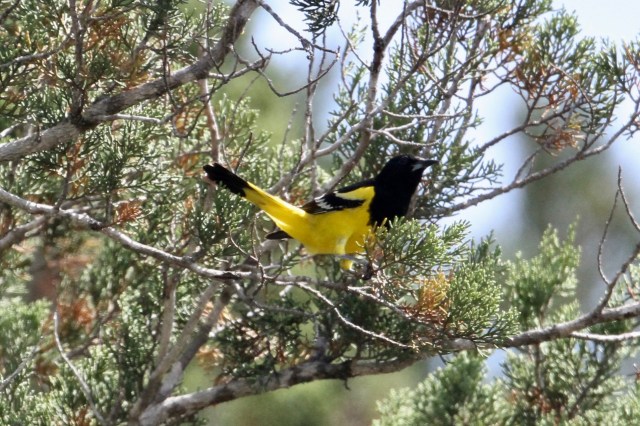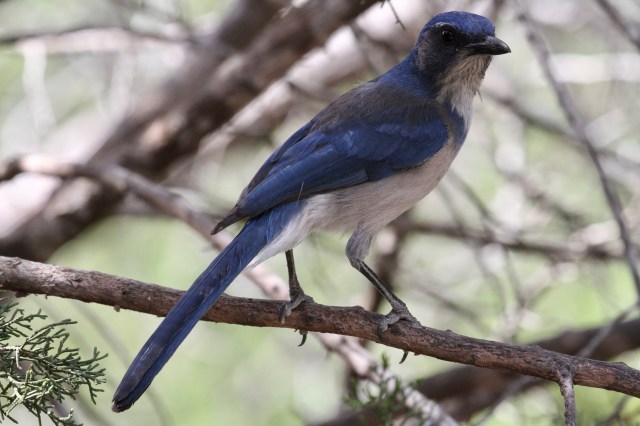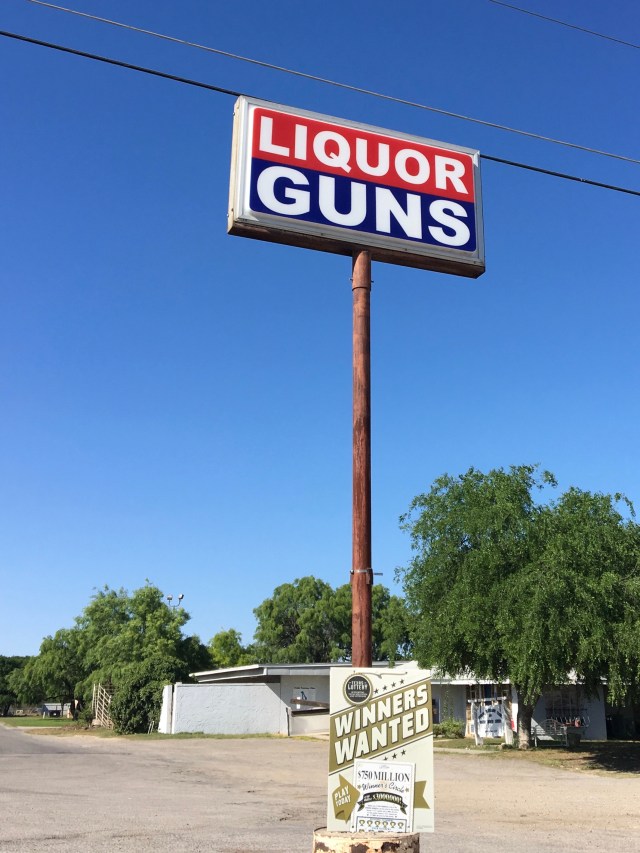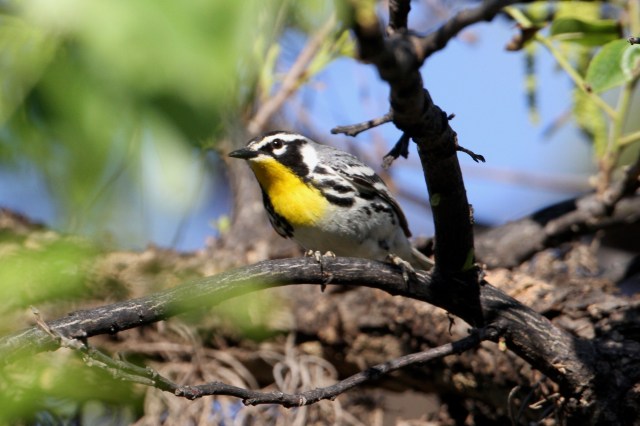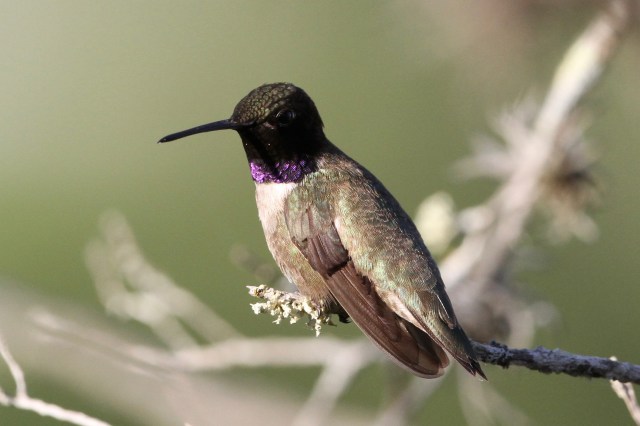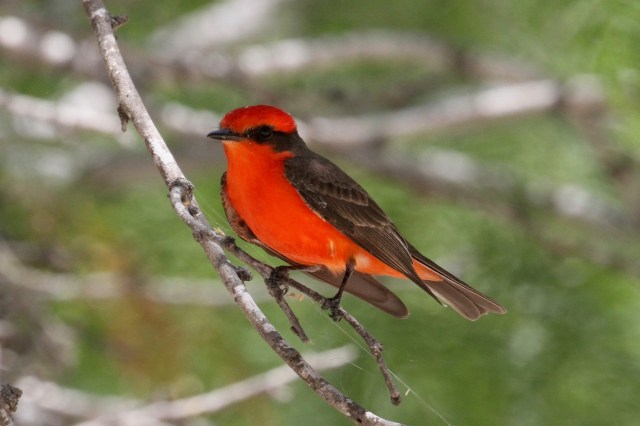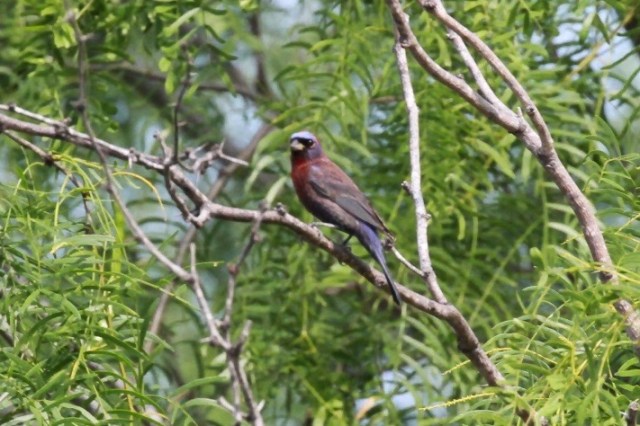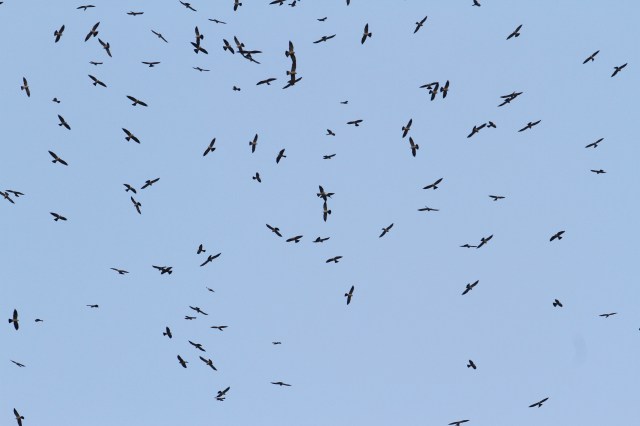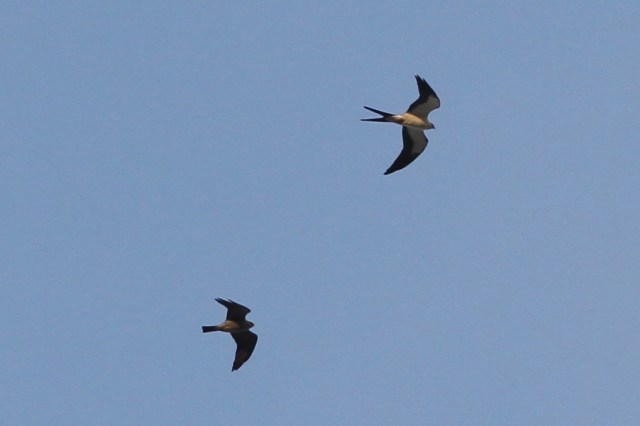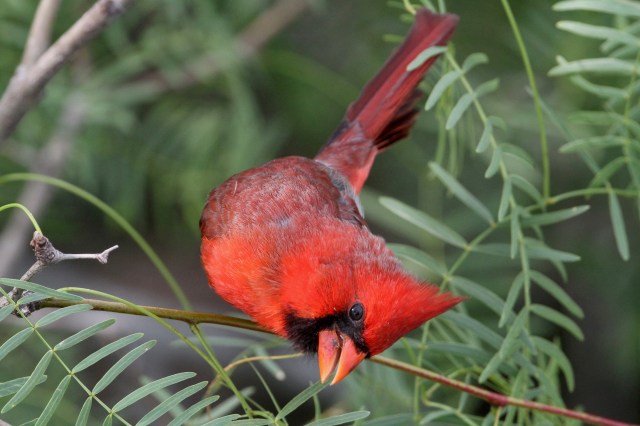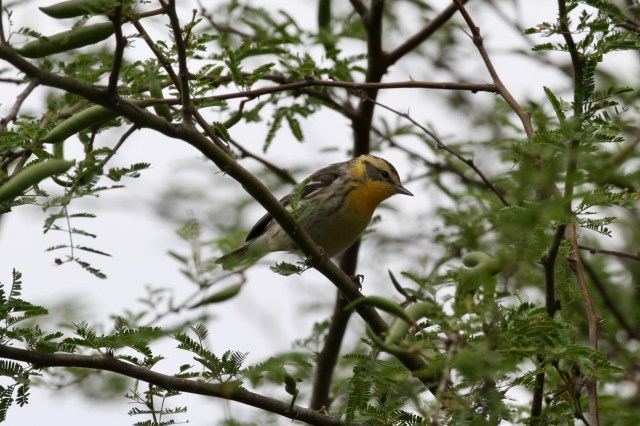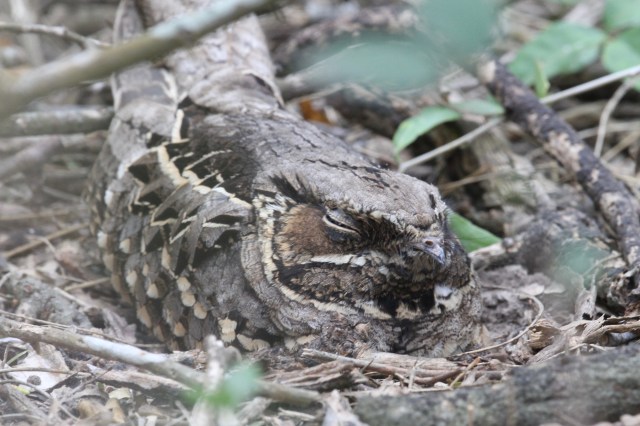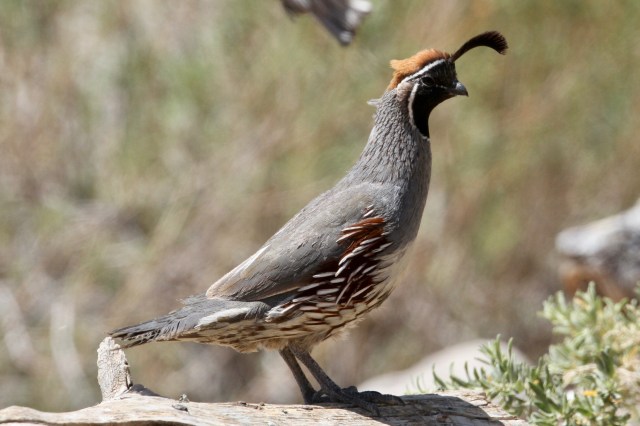
Gambel’s Quail – seen at the bird-blind, Franklin Mountains State Park
Today we said goodbye to Jake at El Paso airport and said hello to Bob & Sue – a very smooth change-over. This pretty much marked the end of our Texas odyssey – the first leg of our Great American Birding RoAd Trip. We’d started the day with an early morning trip back to Davis Mountains State Park in an attempt to find Montezuma Quail. We heard several calling along Skyline Road but, predictably, failed to see any. After dropping Jake off we did spend the afternoon easing Bob & Sue back into American birding, by visiting Franklin Mountains State Park. This proved reasonably productive, with twenty or so commoner species and two much needed additions to the Texas list – Gambel’s Quail and Steller’s Jay (interior west race).
Steller’s Jay (interior west race) – West Cottonwood Springs Canyon. A much welcomed addition to my Texas list

So turning to the numbers – in the 16 days we’ve actually birded in Texas, our State list finished on a provisional 310 species – with a couple still to check, we’ve travelled over 2,650 miles (Texas is a pretty big state!) and my all-time American List has risen to 403.
Much of the credit for such a good list goes to Jake who did a great deal of research before we set off and whose keen powers of observation and persistence produced many of the best birds. Jake, we’ll surely miss you on our continuing journey. It was a pleasure sharing so many good birding moments with you. Travel safe.
As a reminder of the good times, here are a few of our trip ‘catch phrases’ picked upon from a variety of characters met along the way:
‘They’re killing Americans in El Paso’
‘I hear they do pretty good chicken wings in this place’
‘Chestnut-sided Warbler – went thata way’
‘Gotta TV here John’
Till the next time…
